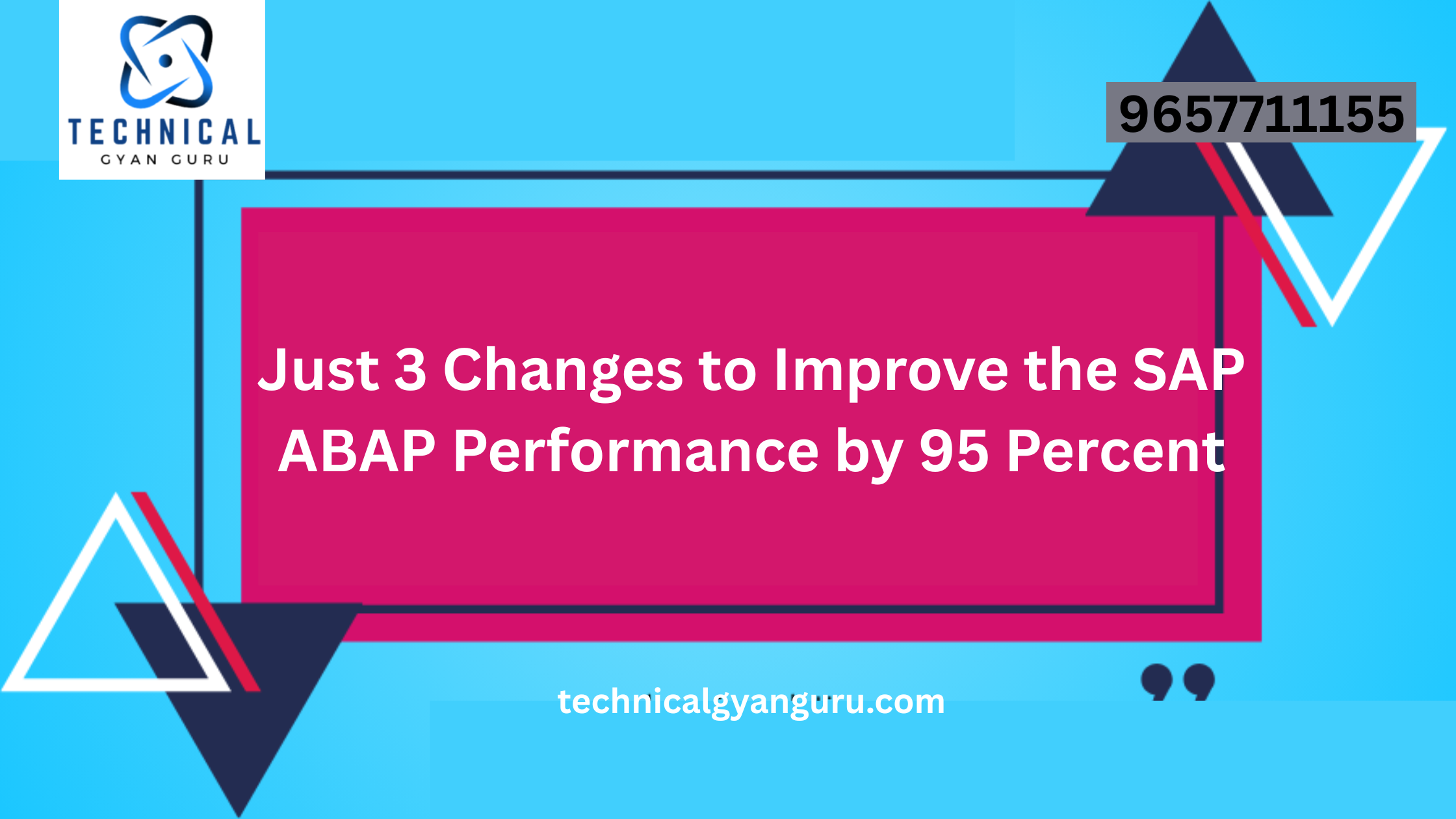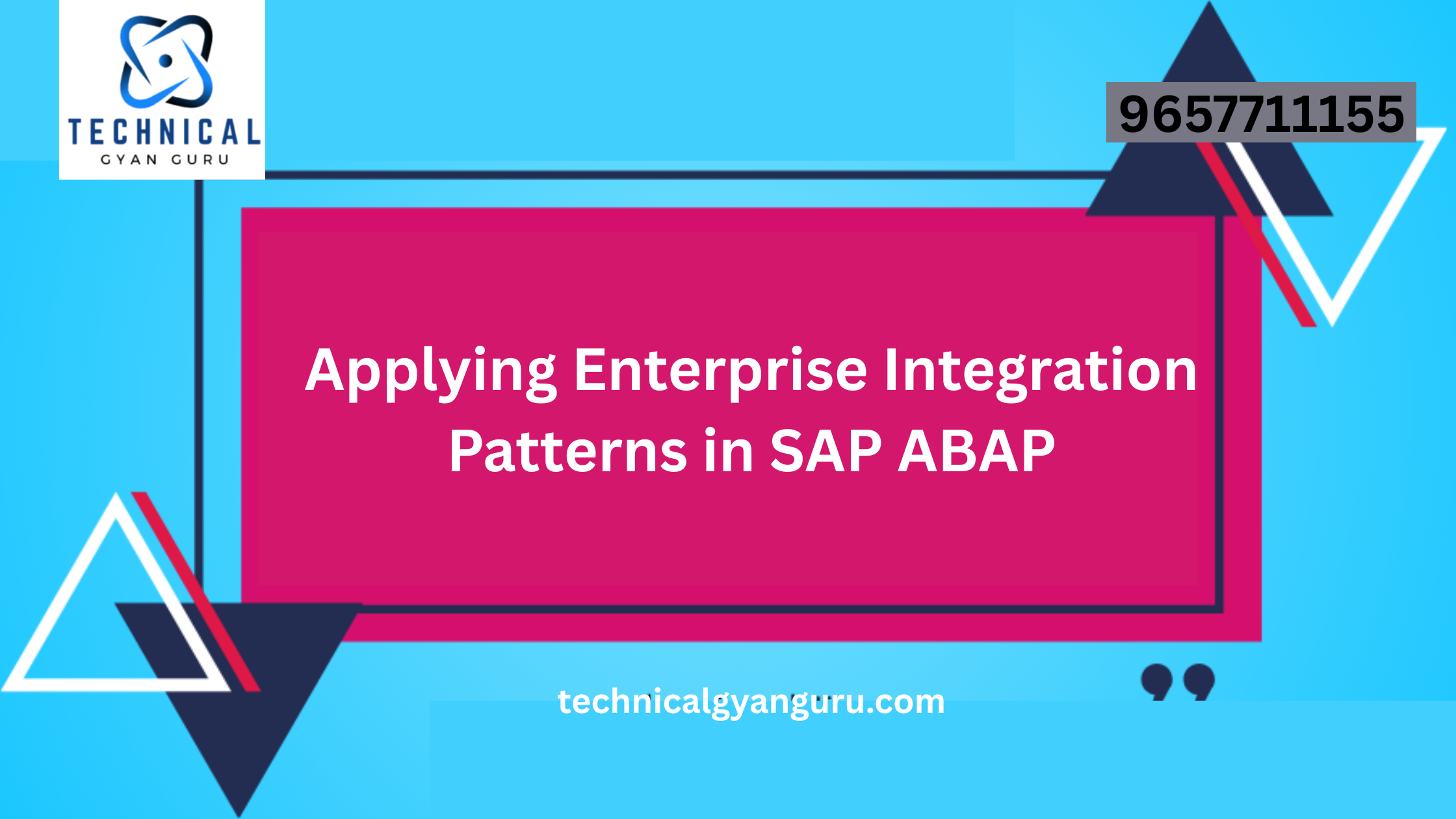Introduction: In the realm of enterprise technology, SAP Business Technology Platform (BTP) stands as a transformative force, providing a unified foundation for businesses to innovate, optimize, and excel. BTP is built upon a framework of core pillars that encompass a wide range of capabilities designed to empower organizations on their digital journey. In this blog, we’ll dive deep into the key pillars that constitute SAP BTP, exploring their significance, components, and how they collectively contribute to driving digital transformation.
The Pillars of SAP Business Technology Platform:
SAP BTP is structured around four foundational pillars that address various aspects of modern business operations. These pillars provide a holistic approach to tackling challenges and leveraging opportunities in the digital landscape.
1. Database and Data Management:
This pillar is centered around data—the lifeblood of modern businesses. It comprises tools and services that enable organizations to manage, process, and derive insights from their data assets effectively. Key components include:
- SAP HANA Cloud: A cloud-native, in-memory database that accelerates data processing, analytics, and application development.
- SAP Data Warehouse Cloud: A data warehousing solution that allows businesses to unify data from various sources, enabling comprehensive analysis and insights.
2. Analytics:
The analytics pillar empowers organizations to transform data into actionable insights, driving informed decision-making. It encompasses tools and services for data visualization, reporting, and predictive analytics. Key components include:
- SAP Analytics Cloud: A comprehensive analytics platform that integrates business intelligence, planning, and predictive analytics in a single solution.
- SAP Data Intelligence: Facilitates data discovery, integration, and orchestration across heterogeneous data landscapes.
3. Application Development:
This pillar focuses on empowering businesses to create, deploy, and manage applications tailored to their unique needs. It provides tools and services for streamlined development and innovation. Key components include:
- SAP Business Application Studio: A collaborative development environment supporting various programming languages and pre-configured templates.
- SAP Fiori Elements: Pre-built UI components and templates for creating SAP Fiori applications efficiently.
4. Integration:
The integration pillar addresses the challenge of connecting disparate systems and applications, ensuring seamless data flow across the organization. It encompasses tools and services that enable efficient integration and automation. Key components include:
- SAP Cloud Platform Integration Suite: Allows businesses to connect cloud and on-premise applications, systems, and data sources through pre-built integration flows.
- SAP Process Orchestration: Facilitates process automation by integrating different applications and systems.
Conclusion
SAP Business Technology Platform’s pillars represent the foundation upon which businesses can build their digital transformation journey. By leveraging the capabilities of each pillar—whether it’s managing data, deriving insights, developing applications, or enabling seamless integration—organizations can drive innovation, optimize operations, and remain agile in a fast-evolving business landscape. SAP BTP stands as a testament to SAP’s commitment to empowering businesses with the tools they need to navigate the complexities of the digital age and achieve their goals with confidence.







